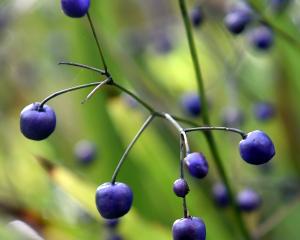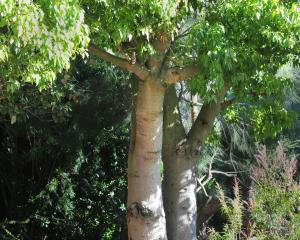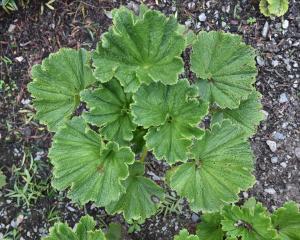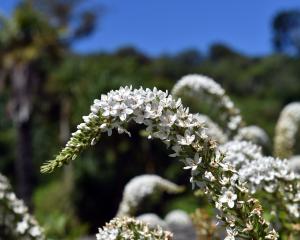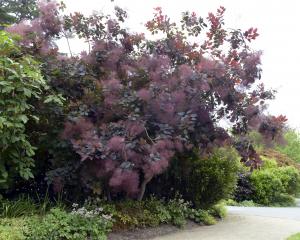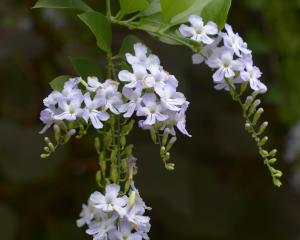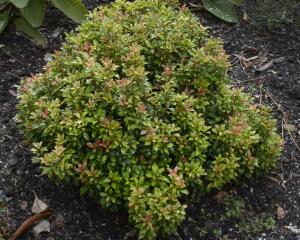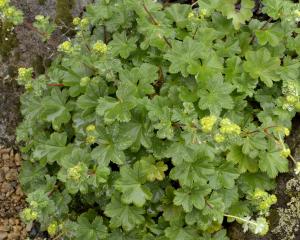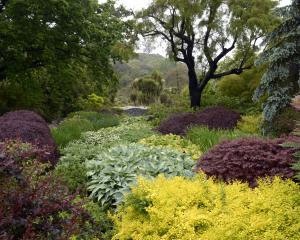One way is to look at existing plants to see what is there and how well they are growing.
Most people fear finding out the soil is heavy clay, but how do you know and is clay really that bad?
A simple test for clay is to take some dry soil, add a small amount of water and form a ball. Then knead the soil to form a long flat ribbon.
This can be very therapeutic and who doesn't like playing with mud?
If your ribbon measures less than 3cm before breaking you have a predominantly loam or silt.
At 3cm-5cm you have a clay loam, and more than 5cm, clay. This is quite a crude test, but a great way of finding out your soil type.
Clay soil is much better than it is cracked up to be.
Clay soils hold lots of nutrients, so are relatively fertile, but their particle size is very small, which can result in them packing very close together and not letting water through.
This can be alleviated by adding organic matter which coats the clay particles, stopping them from sticking together.
Rather than working against nature, you can work with it and clay will reward you with the nutrients and moisture that it holds.
-Dylan Norfield is the Collection Curator of the Geographic Collection and Arboretum at Dunedin Botanic Garden.

